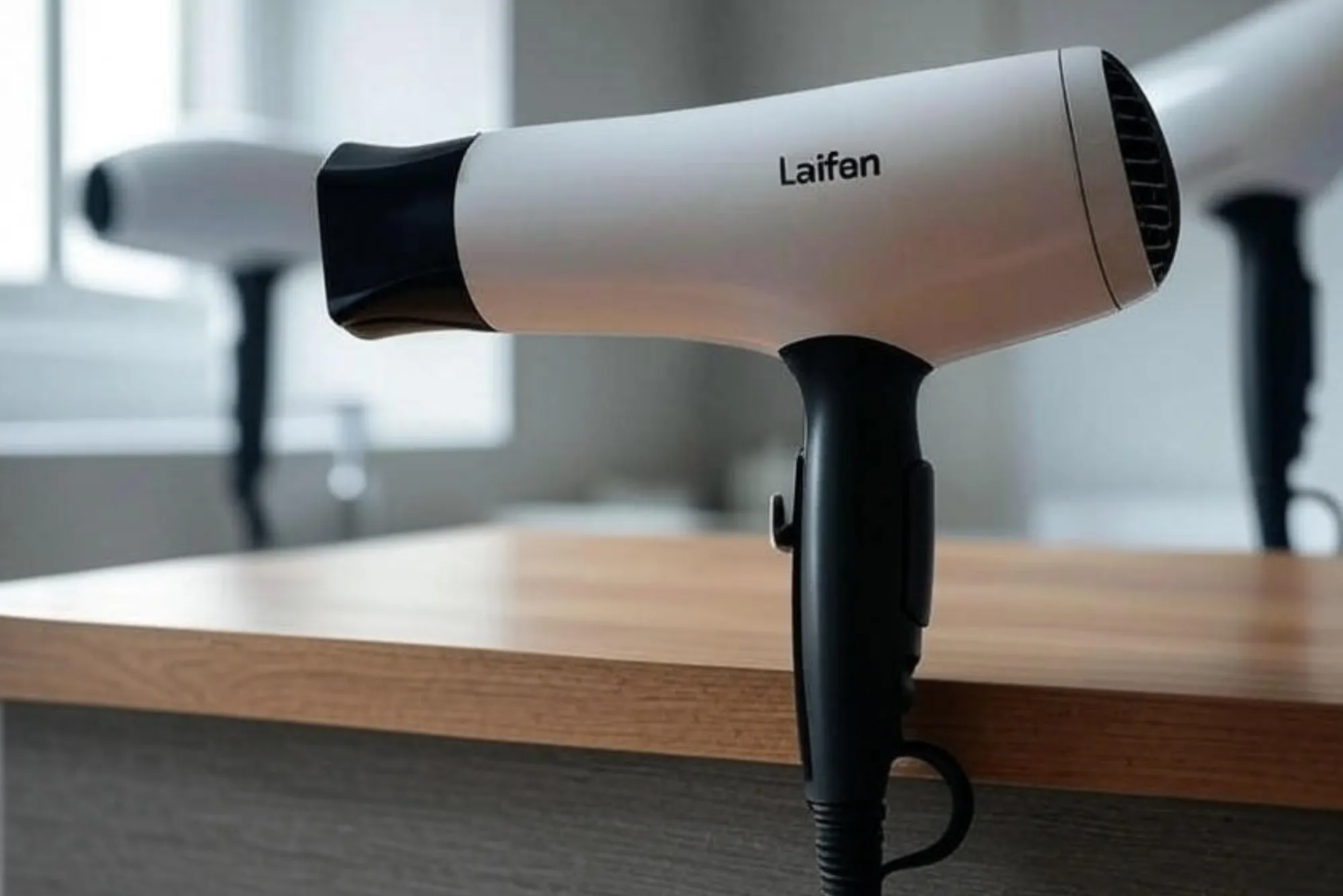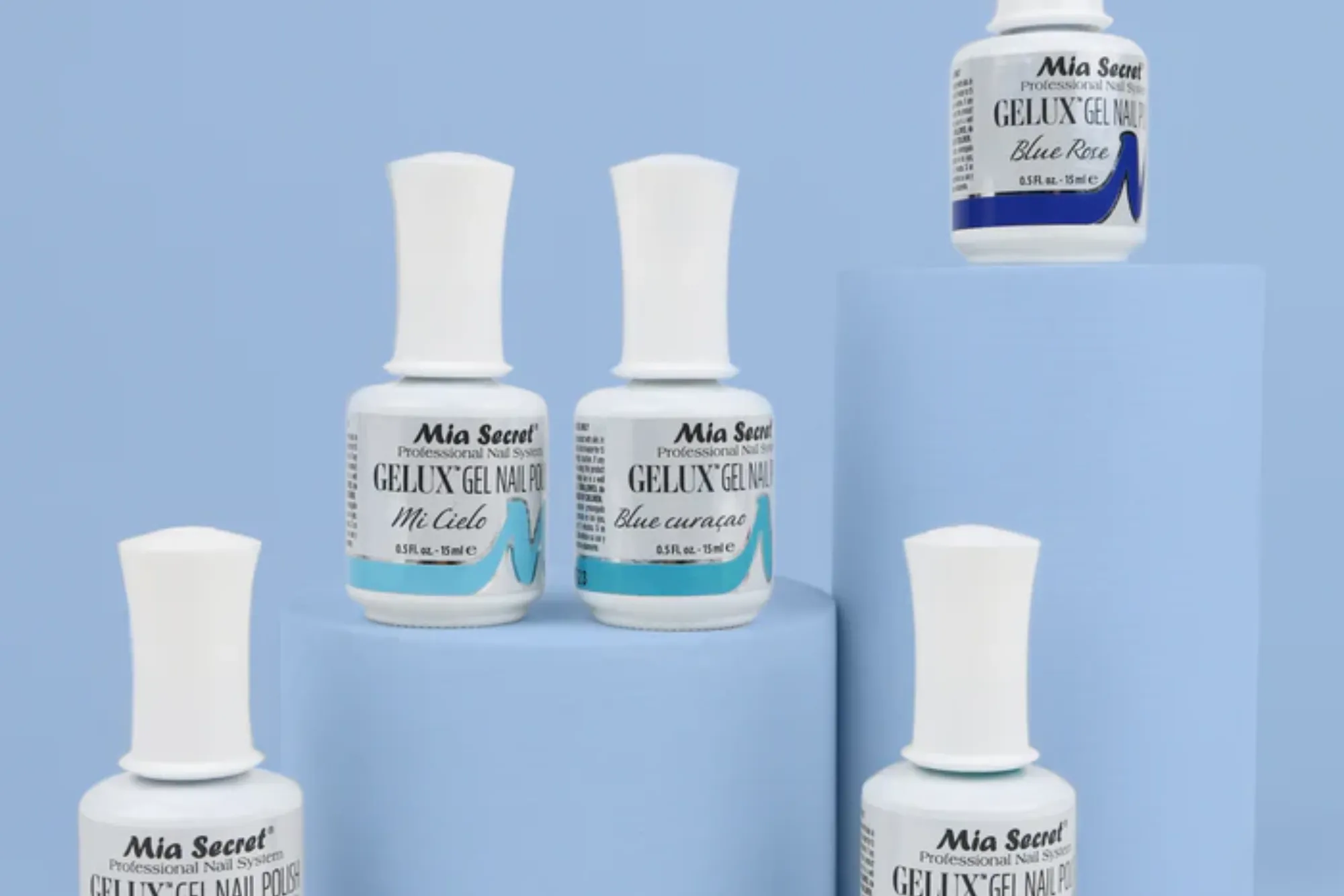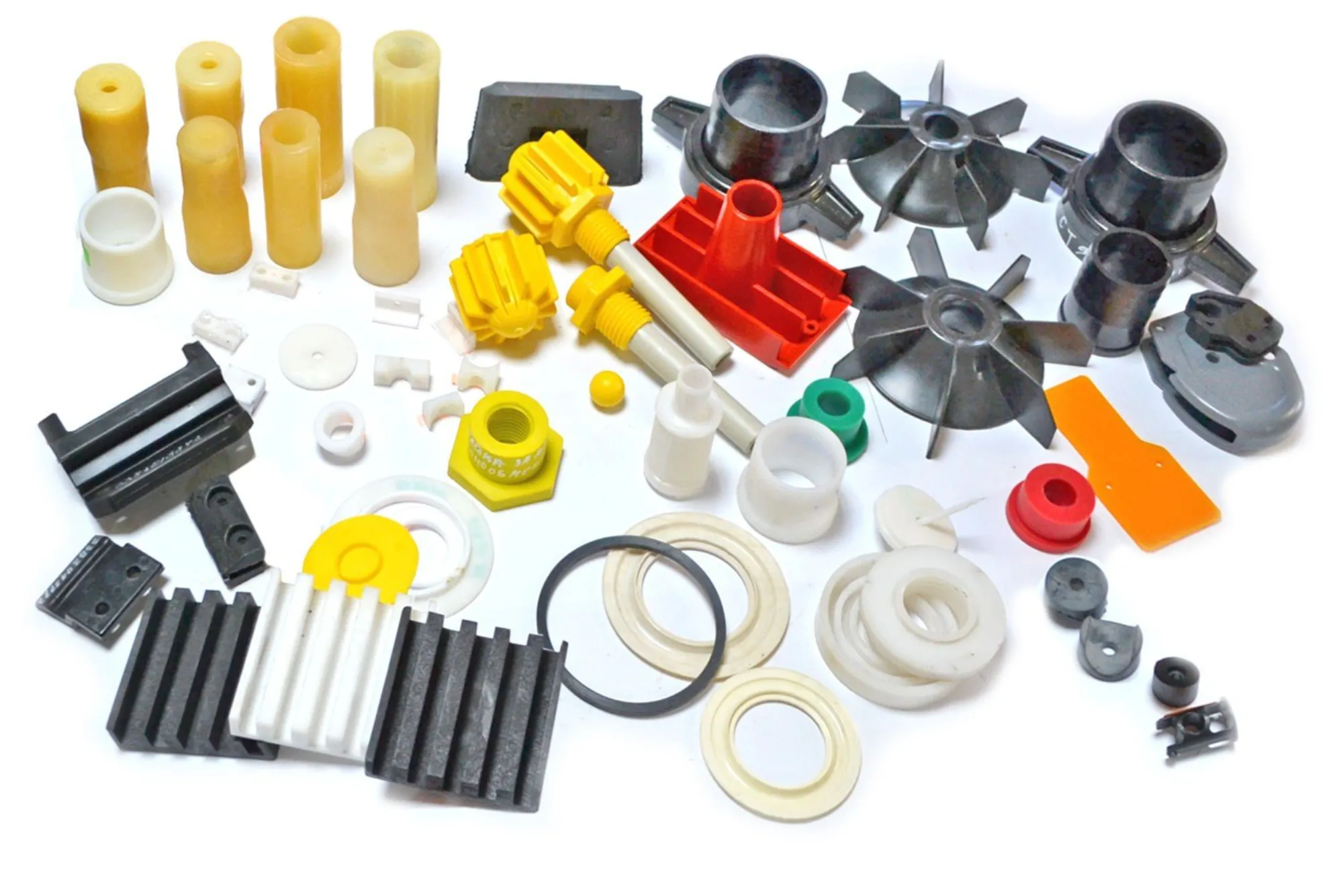Why DTF Transfers Are a Game-Changer in Apparel Printing
DTF transfers have revolutionized custom apparel printing by offering high-quality, durable, and versatile prints. Unlike traditional heat transfer methods, DTF transfers allow for full-color, detailed designs that adhere to various fabric types without requiring pre-treatment. This makes them an ideal solution for businesses, designers, and hobbyists looking for professional results.
Choosing the Right Apparel for DTF Printing
One of the key advantages of DTF printing is its compatibility with multiple fabric types. Whether you’re working with cotton, polyester, blends, denim, or even synthetic materials, DTF transfers can deliver vibrant and long-lasting results. However, to ensure the best adhesion, always choose smooth and high-quality fabrics that allow for even heat distribution.
Proper Preparation of Garments Before Applying DTF Transfers
Before applying DTF transfers, it’s essential to prepare the fabric correctly. Make sure the garment is clean and free from dust, lint, or wrinkles. Pre-pressing the apparel for a few seconds removes moisture and smooths the fabric, ensuring a flawless application. Skipping this step can lead to adhesion issues or an uneven transfer.
Optimal Heat Press Settings for DTF Transfers
Applying DTF prints requires precise heat press settings to ensure a secure bond between the transfer and fabric. Typically, the ideal temperature for DTF transfers is between 300-320°F (150-160°C) with medium to high pressure. Pressing for 10-15 seconds ensures proper adhesion without scorching the fabric. Using consistent pressure is crucial to avoid uneven or peeling prints.
Peeling Methods: Hot vs. Cold Peel for DTF
Peeling the transfer film correctly is vital for achieving a professional finish. Some DTF transfers require a hot peel, while others work best with a cold peel. Hot peel transfers should be removed immediately after pressing, while cold peel transfers should be left to cool completely before peeling. Always follow manufacturer recommendations to avoid damaging the print.
Post-Pressing for Added Durability
For extra durability and a softer finish, performing a second press after peeling the transfer film is recommended. Place a Teflon sheet or parchment paper over the design and press it again for 5-10 seconds. This helps to seal the ink further into the fabric, ensuring that the DTF print lasts longer and remains resistant to cracking or peeling.
Proper Care Instructions for DTF-Printed Apparel
To maintain the quality of DTF transfers, proper garment care is essential. Always wash garments inside out in cold water with mild detergent. Avoid bleach and fabric softeners, as they can weaken the adhesive. Air drying or tumble drying on low heat helps extend the life of the print. Following these care guidelines will keep DTF prints looking fresh and vibrant for years.
Common Mistakes to Avoid When Using DTF Transfers
Beginners often make common mistakes that can affect the quality of DTF prints. Using incorrect heat press settings, failing to pre-press garments, and peeling too early or too late can all lead to poor adhesion. Additionally, applying too much or too little pressure can impact durability. Paying close attention to the details ensures that DTF transfers produce the best possible results.
Conclusion
By following these best practices, you can achieve outstanding results with DTF transfers. From choosing the right fabric to mastering heat press settings and proper care, each step contributes to a long-lasting, high-quality print. Whether you’re starting a custom apparel business or experimenting with personal designs, DTF printing provides the perfect solution for professional and durable prints.
Frequently Asked Questions
- What is the best fabric for DTF transfers?
- DTF transfers work well on cotton, polyester, blends, denim, and synthetic fabrics.
- Do I need to pre-treat fabric before applying DTF?
- No, DTF does not require fabric pre-treatment, unlike DTG printing.
- What is the ideal heat press temperature for DTF transfers?
- For best results, apply DTF transfers at 300-320°F (150-160°C) with medium to high pressure.
- Should I use a hot or cold peel with DTF transfers?
- It depends on the transfer type. Some DTF transfers require hot peeling, while others need to cool before peeling.
- How do I ensure my DTF prints last long?
- Wash inside out in cold water, use mild detergent, and air dry to maintain the quality of DTF prints.
- What happens if my DTF print starts peeling?
- Re-pressing the design with a Teflon sheet for 5-10 seconds can help reinforce adhesion.
- Can I use an iron instead of a heat press for DTF?
- A heat press is recommended for consistent pressure and even heat distribution for DTF transfers.
- Are DTF transfers better than screen printing?
- For detailed, full-color prints, DTF transfers provide superior versatility compared to screen printing.
- How long do DTF prints last?
- With proper care, DTF prints can last for years without significant fading or cracking.
- Can DTF be used on dark fabrics?
- Yes, DTF transfers work on both light and dark fabrics without losing vibrancy.










